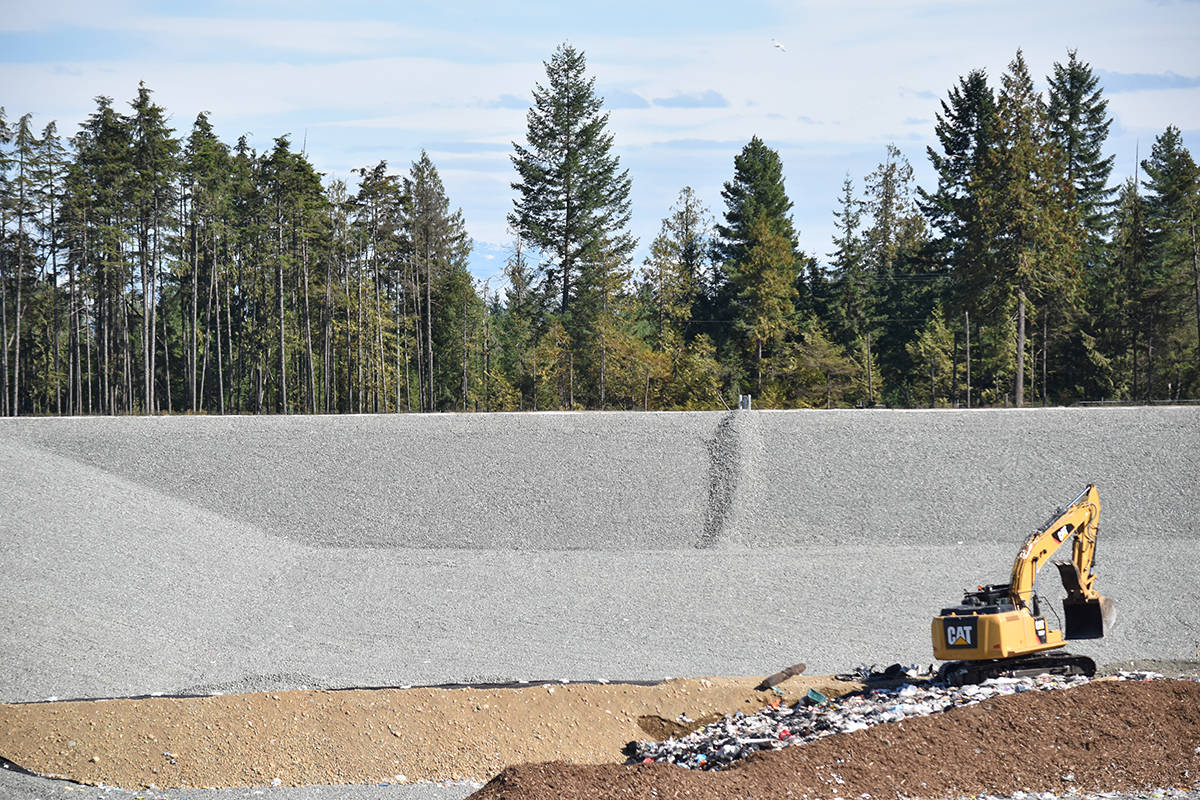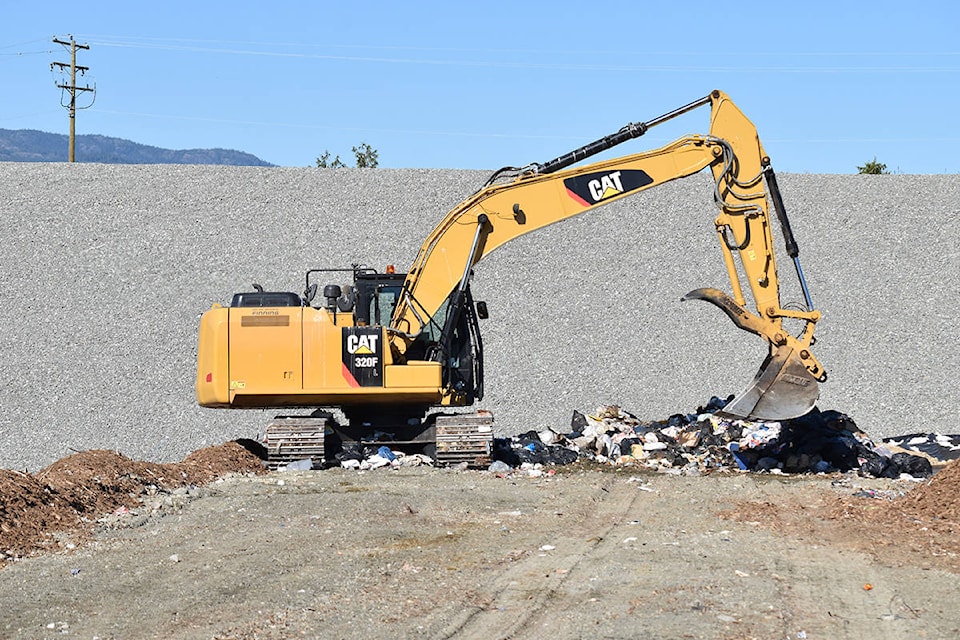Big decisions regarding waste-to-energy (WTE) solutions are coming down the pipe for the Comox Valley Regional District.
In future Comox Valley Strathcona Waste Management Board meetings, those on the board will discuss whether or not to pursue WTE systems in the future — and if so, which company it might think of hiring to do so.
WTE is the process of converting waste into energy sources, including electricity and/or heat.
Earlier this year, an ad hoc steering committee of the Waste Management Board was formed to look into WTE solutions for the region moving forward.
That committee contracted engineering services firm Morrison Hershfield to research and assess companies that specialize in WTE technologies. The consulting firm selected six companies for the committee to consider and later whittled its list of recommendations down to three preferred options.
The three companies highlighted by Morrison Hershfield include EcoWaste Solutions, Sustane Technologies, and WTT Netherlands BV.
The goal of pursuing WTE technology stems from the increasing cost of managing solid waste. Landfill tipping fees are currently $130 per tonne in the Comox Valley and there was a tax requisition by the CVRD of $4 million towards waste management.
CVRD Area B director Rod Nichol chairs the ad hoc subcommittee devoted to looking into WTE. (The Special Committee for Waste to Energy). He said the CVRD’s future decisions regarding WTE will have long-standing effects on the Comox Valley.
“We have to find a way to handle our solid waste more economically because this train cannot continue to go uphill the way it is,” he told the Record. “It’s going to be very long [process] but we’re at the point now where we’re going to have to make pretty important decisions in the very near future.”
Nichol believes increased government regulations have contributed to the rising costs of waste management in the Valley.
“The provincial regulations are getting extremely strict and it’s costing a lot of money to handle garbage,” he said. “We have to come up with a technology that is designed to use it more efficiently.”
In the Comox Valley, solid waste is taken to a newly-upgraded landfill based just outside of Cumberland called the Comox Valley Waste Management Centre.
The landfill’s new cell started receiving waste last month. The $15.8-million facility features a brand new cell with a liner system that prevents rainwater from mixing with waste and seeping into the groundwater. The facility also boasts a new leachate treatment system.
Read More: New landfill cell open for business
The new cells are “able to accept waste for at least 20 years,” according to the CVRD’s website.
But Nichol pointed out that the 20-year estimate is based on three cells. The current cell will be filled in six years.
“Then we will need more money to dig another hole,” said Nichol. “That’s money we don’t have.”
The Regional District aims to divert 70 per cent of garbage through recycling or composting by 2022, in accordance with its 2012 Solid Waste Management Plan.
But in other regions on the West Coast — such as Powell River and the Cowichan Valley — garbage is transported via barge to Washington state.
Nichol said examples like the Cowichan Valley and Powell River illustrate the need for WTE technology in the future.
“The direction we’re going in is just not working,” he said. “The government is not giving out any more landfill licenses at all. It just takes the U.S. to say, ‘we’re not handling your garbage anymore because we have enough of our own.’ Then what do we do?”
Mark Rutten, general manager of the CVRD’s engineering services branch, is more hesitant to endorse WTE solutions in the Comox Valley right away. He said the work of Morrison Hershfield will determine the CVRD’s future course of action on WTE.
“Part of the work the consultants are doing is comparing the cost of these potential solutions with the cost of the current road we’re on, with the landfill cells and leachate treatment,” he said.
“That work they’re doing will inform the Board of what the most cost-effective way would be to move forward.”
The Comox Strathcona Waste Management Board splits its monthly meetings between Courtenay and Campbell River. The board will next meet in the Valley on Nov. 10 at the CVRD’s office on Comox Road.
That meeting will be when the Waste Management Board gets its first look at the three companies recommended by Morrison Hershfield. That info will later be presented to the CVRD board in January.
“With the information that we provide to the board, they’ll have a good understanding of the different technologies and which of those might be applicable to our service,” said Rutten. “That info is there for them to digest and think about in comparison to options we’re employing right now.”
Nichol predicts the issue of whether or not to move ahead with WTE will “dominate discussions” among the Waste Management Board for the foreseeable future.
“We’re looking at changing the entire direction of how we do solid waste and that’s a huge part of our budget,” he said.

